
Grow Iverson: From shopping mall parking lot to garden and gathering space
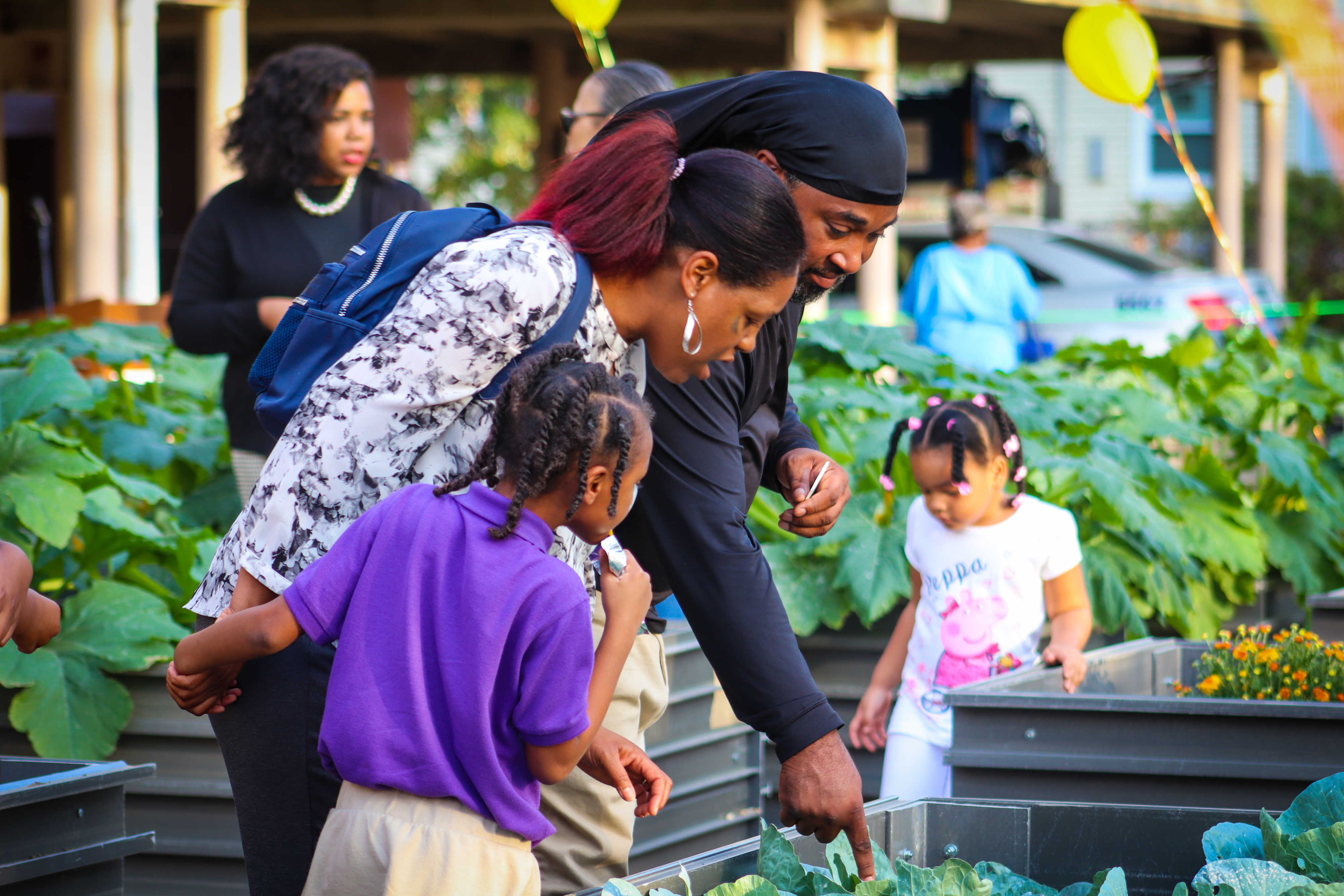
What We Did
- Space Planning
- Community Outreach
- Network Building
- Site Planning
Partners
- Community of Hope AME Church
- The Shops at Iverson
- Farming 4 Hunger
- Clean Water Partnership
Supporters
- Prince George’s County Department of Housing and Community Development
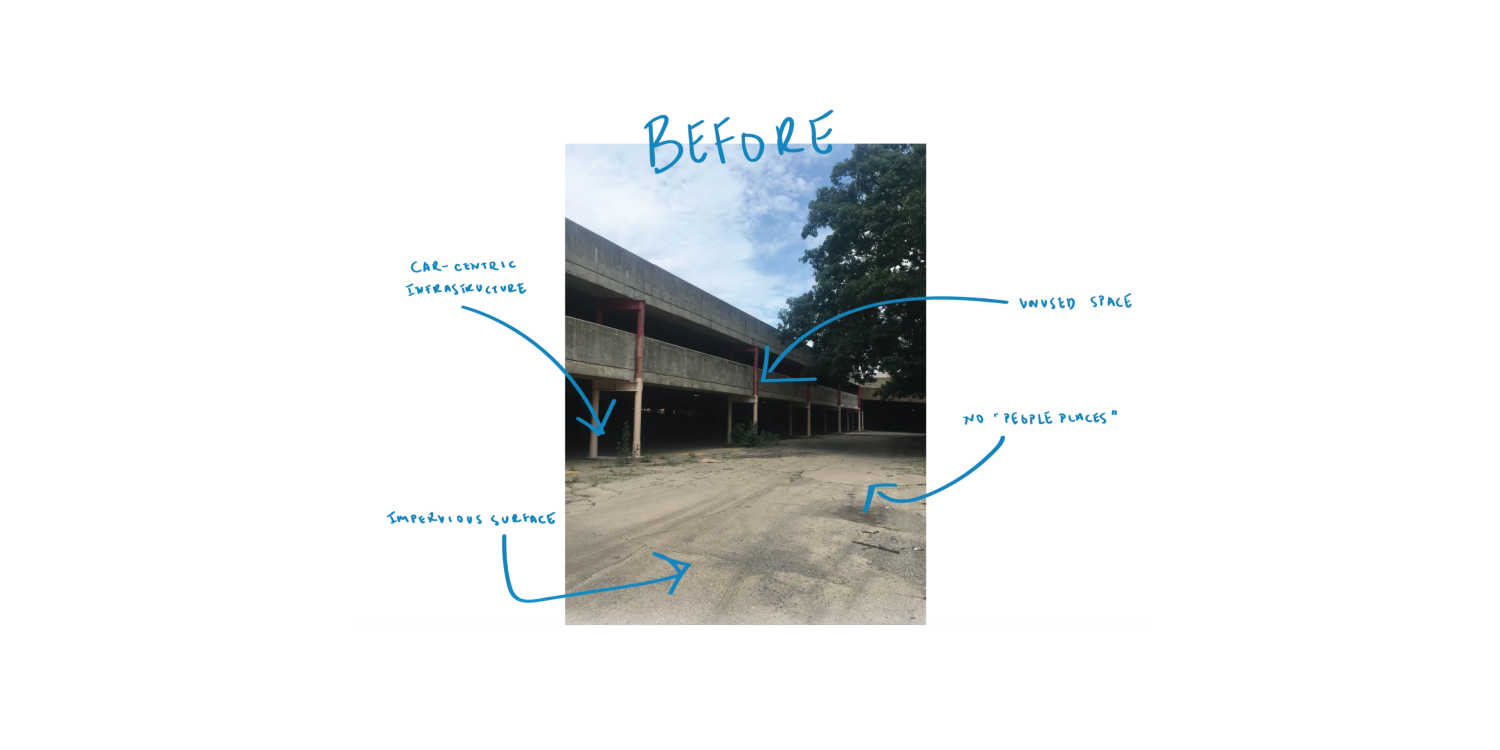
The Challenge: Activate unused space at a shopping plaza to address community needs.
Between 2010 and 2013, mall visits declined by 50 percent—and this number has only increased in the last decade. The decline of brick-and-mortar retail has led to hundreds of underutilized malls and retail centers across the U.S., leading many communities to wonder: What’s next?
How do we revitalize these spaces for public benefit? The Congress for the New Urbanism and others propose the reclamation of these spaces—sometimes called ‘Greyfields’—through grassroots development efforts. “Greyfields are the underutilized places in between — often derelict shopping centers and strip commercial sites surrounded by seas of asphalt.” By reclaiming these leftover sites for mixed-use, mixed-income, pedestrian-oriented activities, we can improve access to amenities and our public life.
In our experience, cross-sector collaboration leads to the most successful projects. In this case, the Shops at Iverson management, the Community of Hope Church (a tenant of the mall), Farming 4 Hunger, local residents, and local teens worked together directly to produce a space that will re-energize the mall and benefit the greater Hillcrest Heights community.

The Vision: Gather, share, and grow
The NDC team employed outreach strategies to engage and design with youth, local residents, business owners, and those who frequent the shopping center. Together, we imagined what the space could be: An outdoor pavilion serves as center stage for community gatherings. Along with places to grow food and flowers, the garden also includes spaces for children to play and young people to socialize and express themselves. There is a reflective, quiet space for healing and contemplation.
These are not the uses typically associated with a shopping mall. This is the power of adaptive reuse design: simple ideas can transform outdated spaces into much-needed community hubs.

Teen Workshop
Often without places to gather or exercise independence, and rarely considered in new designs, adolescents have a unique and vital perspective on public space. We spoke to the teen club of the local church to determine how this space could be inclusive for all– especially for them and their peers (so often seen as a nuisance in shopping malls).
After our first meeting, we invited the teens to join us in a workshop to co-design elements of the space. Participants thought about possible uses for the space, what elements were needed for comfort and to support activities, and built models of their plans. Here are the priorities we heard from them:
Welcoming
Joyous
Place for reflection
Socializing
Really colorful
Include everyone
Comfortable hangout spots
Wifi
The Plan: A multi-use arts and green space
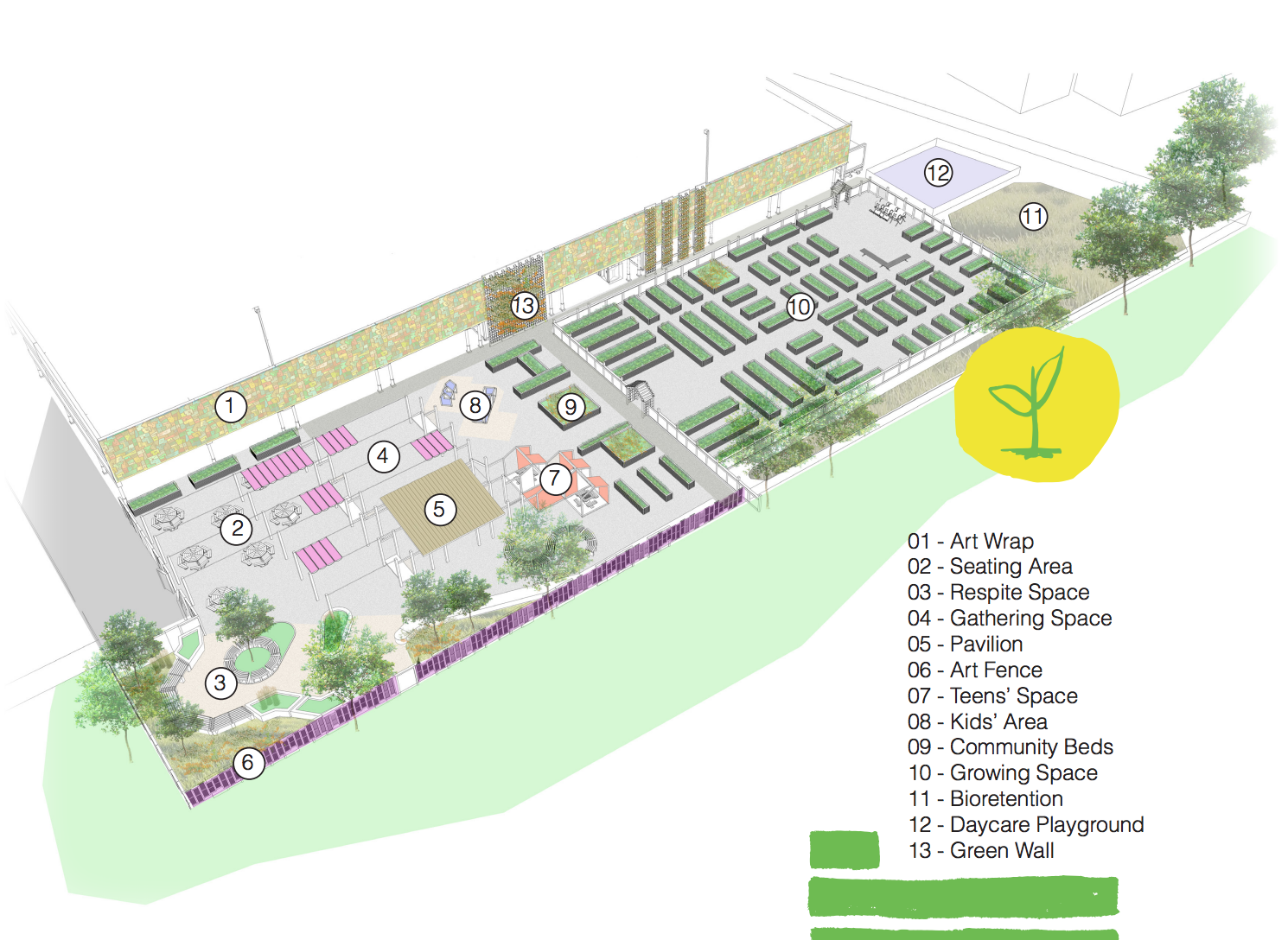
From early on in the co-design process, NDC staff observed strong cohesion within the community. Recreating this incredible spirit within the site became a top priority for the co-design team.
The resulting plan incorporates this spirit, and community needs, while also allowing the flexibility for innovation and discovery in future uses. Grow Iverson, which totals over 30,000 square feet in size, is a balance of multiple distinct spaces, each with its own unique character. These one-of-a-kind elements—artistic interventions on the parking garage and fence, gardens, murals, and playful structures—make a unique, fun place that echoes the community’s creativity.
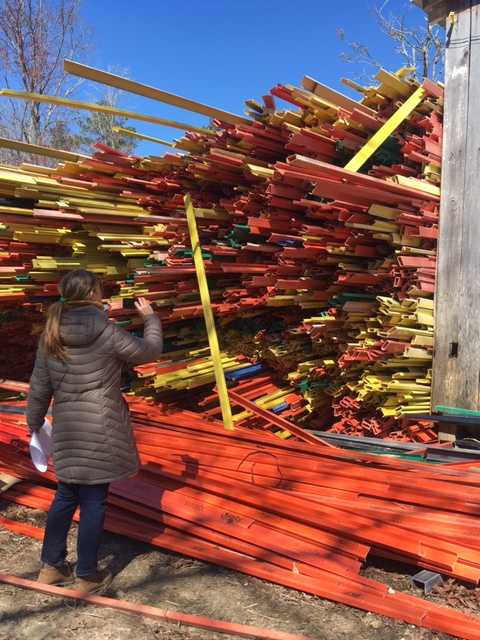
The Build: Raised garden beds by Farming 4 Hunger
The first step to implementing Grow Iverson was the installation of the growing beds which cover over half of the project. Garden managers and partnering non-profit Farming 4 Hunger sourced materials and built the beds as part of their workforce development program for incarcerated men. Though far from complete, this intervention has transformed the space from neglect and avoidance to somewhere people feel safe and included.
“Transformation of this space is the first step in transforming this Community. The seed has been planted and growth has begun—from despair to prosperity.”
— T-Ball, Farming 4 Hunger Garden Manager

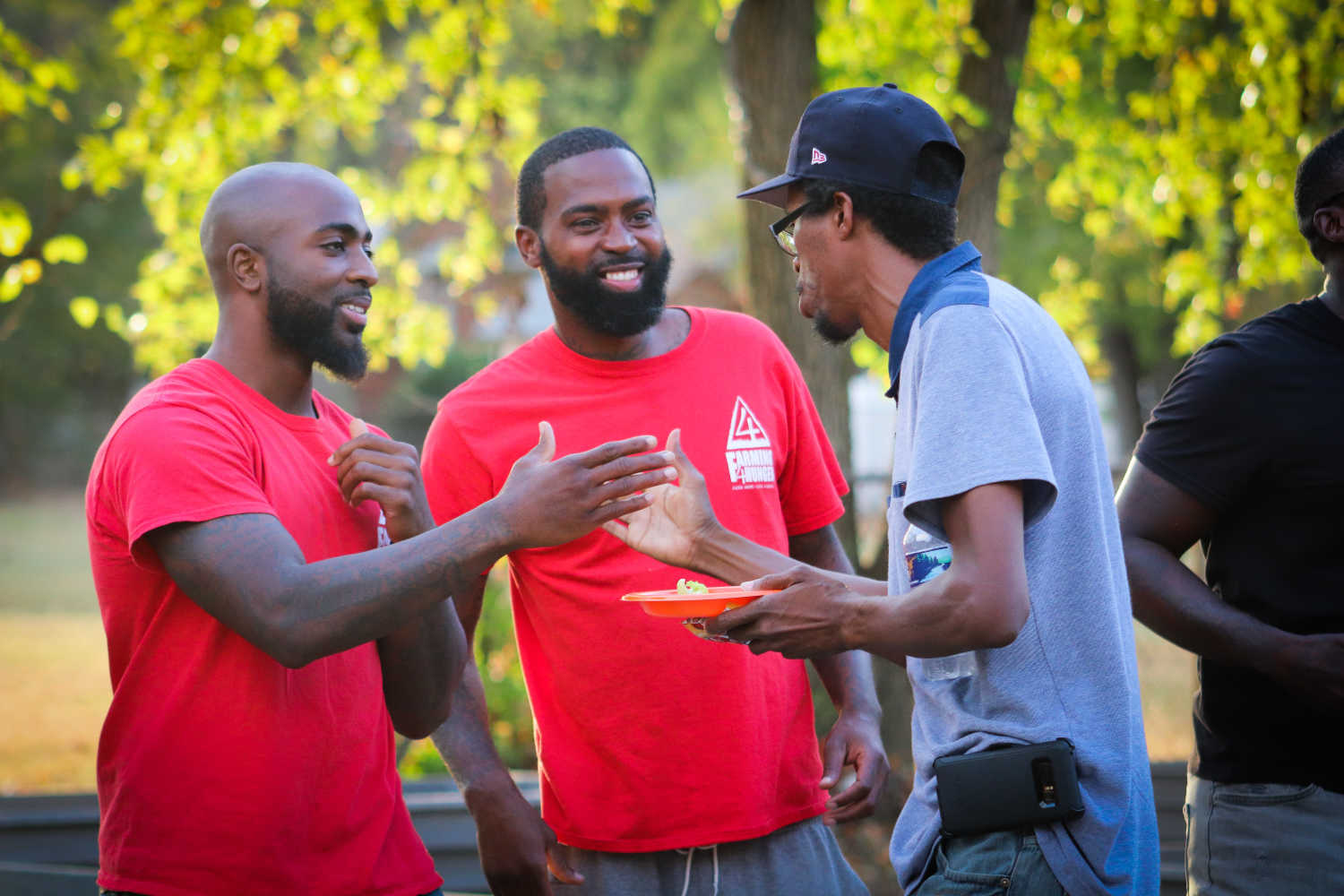
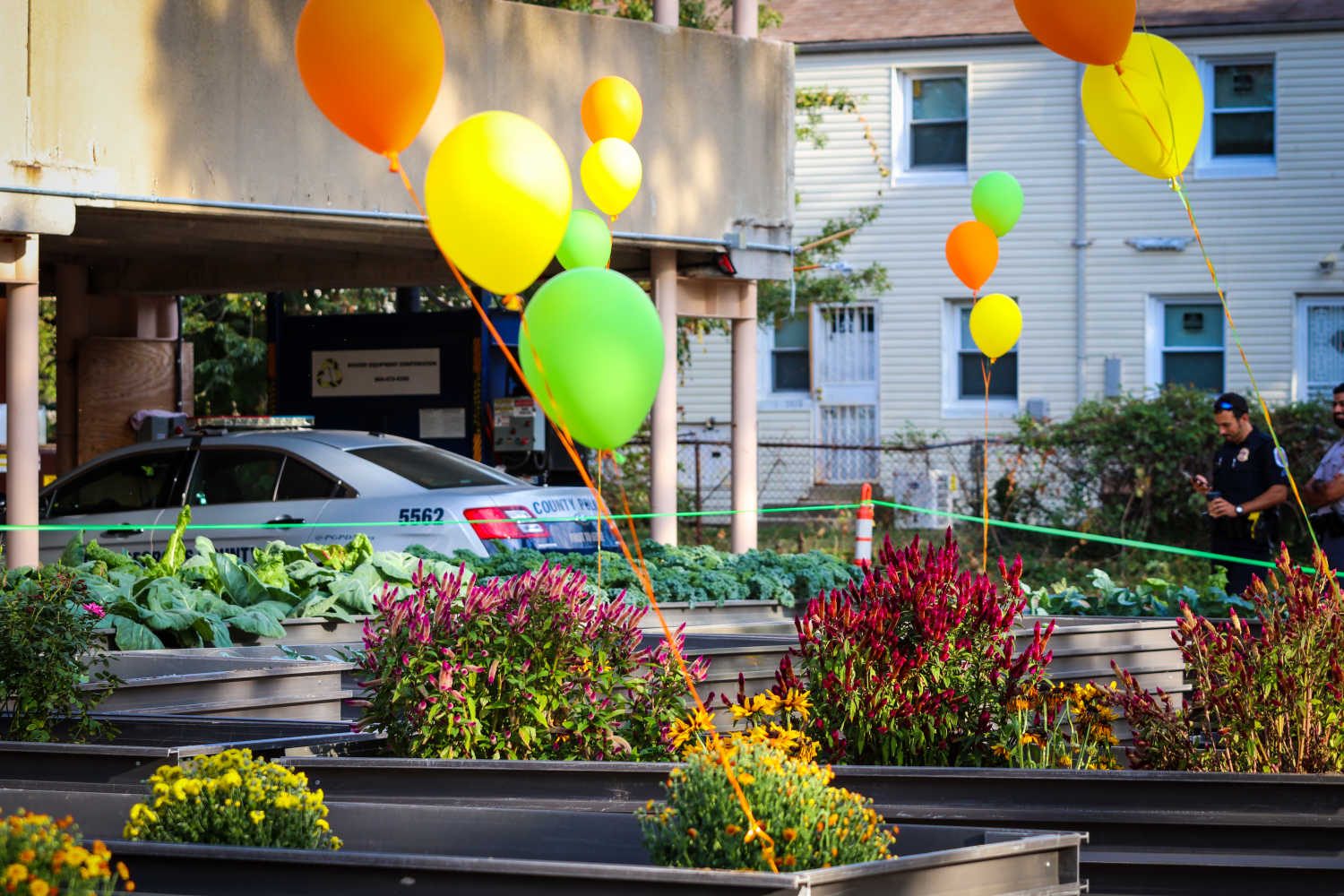
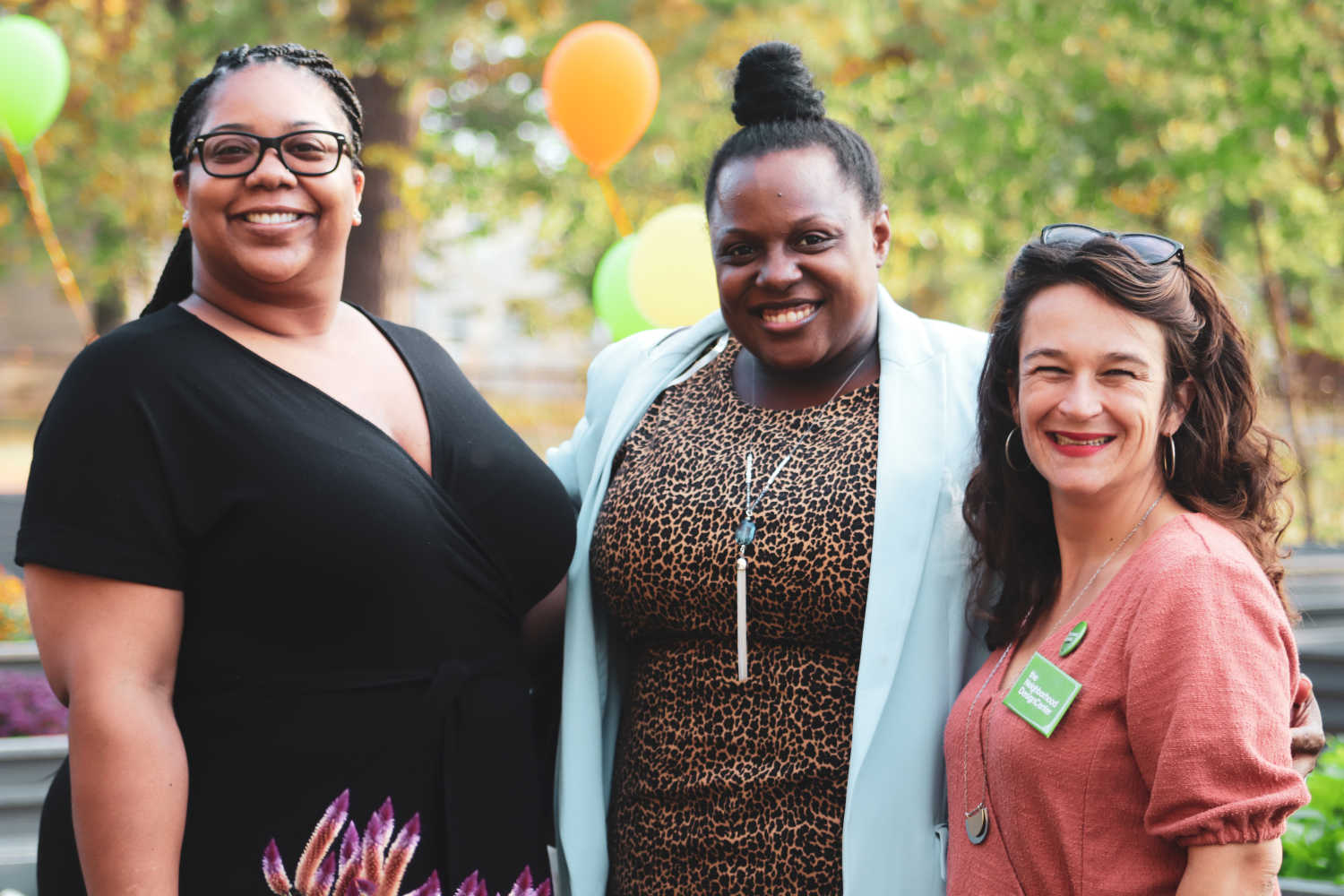


Volunteer Team of the Year
The volunteer designers behind Grow Iverson, Lex Lesley, Shayda Musavi, Lauren Wilson, and Kimberly Young, and members of the Group Urban Planning Studio from Toole Design, committed fully to the process and product. We were so happy to work together, sometimes for the second or third time with these amazing volunteers. We were honored to award them our annual Volunteer Team of the Year award.
“The garden at Grow Iverson is not about titles or labels it’s just about Community. A place where everyone is welcome to grow.”
— Farming 4 Hunger
The Future
Following the completion of the garden and the soft opening celebration, we look forward to and continue to support our community partners as they work to actualize the plan. We can’t wait to experience the first growing season in the garden!
